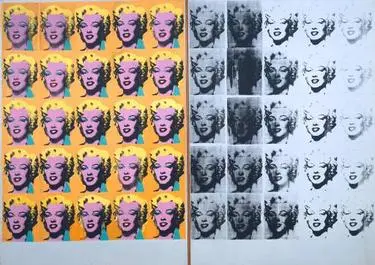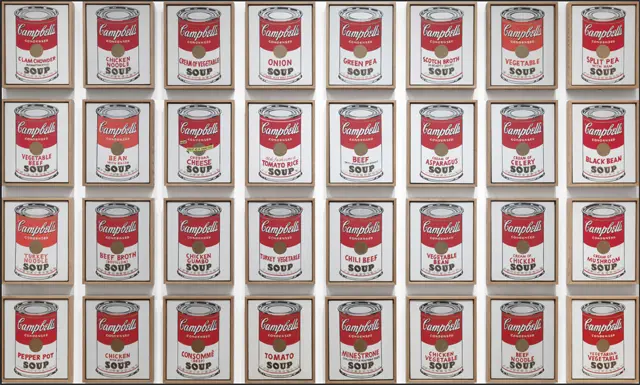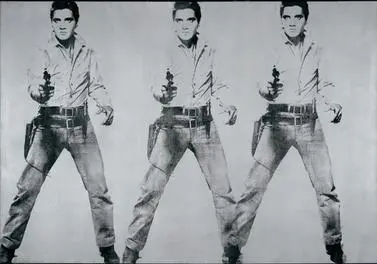Andy Warhol’s Screenprints: A Revolutionary Fusion of Art and Mass Production
In the vibrant realm of pop art, Andy Warhol stands as a towering figure whose innovative approach to art redefined the boundaries between high culture and mass production. Central to his iconic body of work are his screenprints. Andy Warhol’s screenprints played a pivotal role in transforming everyday objects into art. This article delves into the materials Andy Warhol employed for his screenprints and explores how modern equivalents continue to shape the world of printmaking.
Warhol’s Screenprinting Process:
Andy Warhol’s screenprinting process was characterized by its simplicity and efficiency. The key materials he used include silkscreens, stencils, a squeegee, and various inks. This technique allowed him to produce bold, vibrant prints with a consistent visual language.
Materials Used by Andy Warhol:
1. Silkscreen:
Warhol utilized silkscreens, traditionally made of silk but now often replaced with more durable materials like polyester mesh. The screen serves as the foundation for the image transfer process, providing a stable surface for the ink application.
2. Stencil:
Warhol’s stencils were made of a light-sensitive emulsion on silk. In the modern era, emulsion films have become a popular alternative, offering artists greater precision and ease in creating intricate stencils for multi-colored prints.
3. Squeegee:
The squeegee was an integral part of Warhol’s technique, used to push ink through the silkscreen onto the printing surface. Modern squeegees are typically made of rubber or a combination of rubber and metal, providing artists with a variety of options for achieving different textures in their prints.
4. Ink:
Warhol experimented with various inks, including acrylics and oil-based inks, to achieve the vivid colors in his prints. Today, artists have a wide range of inks to choose from, including water-based inks that offer eco-friendly alternatives with easy cleanup.
This set by “Speedball” will get you screenprinting in no time!
Two of the Best Examples of Andy Warhol’s Screenprint Works:
1. ”Marilyn Diptych” (1962):

One of Warhol’s most celebrated works, “Marilyn Diptych,” features fifty images of Marilyn Monroe arranged in a grid. The vibrant colors and repetition of Monroe’s image highlight Warhol’s fascination with celebrity culture and mass media. This screenprint is a prime example of Warhol’s ability to elevate everyday subjects into icons through the power of repetition.
2. ”Campbell’s Soup Cans” (1962):

This iconic series of screenprints showcases 32 varieties of Campbell’s soup cans. Each can is depicted with meticulous detail, emphasizing the influence of consumer culture on art. Warhol’s choice of a mundane subject and his use of the screenprinting technique challenged traditional notions of artistic expression, making a profound impact on the art world.
Modern-Day Equivalents:
Contemporary artists continue to draw inspiration from Warhol’s screenprinting legacy, utilizing modern equivalents of the materials he employed. Polyester mesh screens, emulsion films, advanced squeegees, and a diverse array of inks provide today’s artists with the tools to push the boundaries of printmaking, echoing Warhol’s spirit of innovation.
Andy Warhol’s screenprints remain an enduring symbol of the marriage between art and mass production. Through his choice of materials and techniques, Warhol revolutionized the art world, leaving a legacy that continues to inspire generations of artists. As contemporary printmakers explore modern equivalents, they pay homage to Warhol’s pioneering spirit, ensuring that the impact of his screenprints resonates in the evolving landscape of artistic expression.
